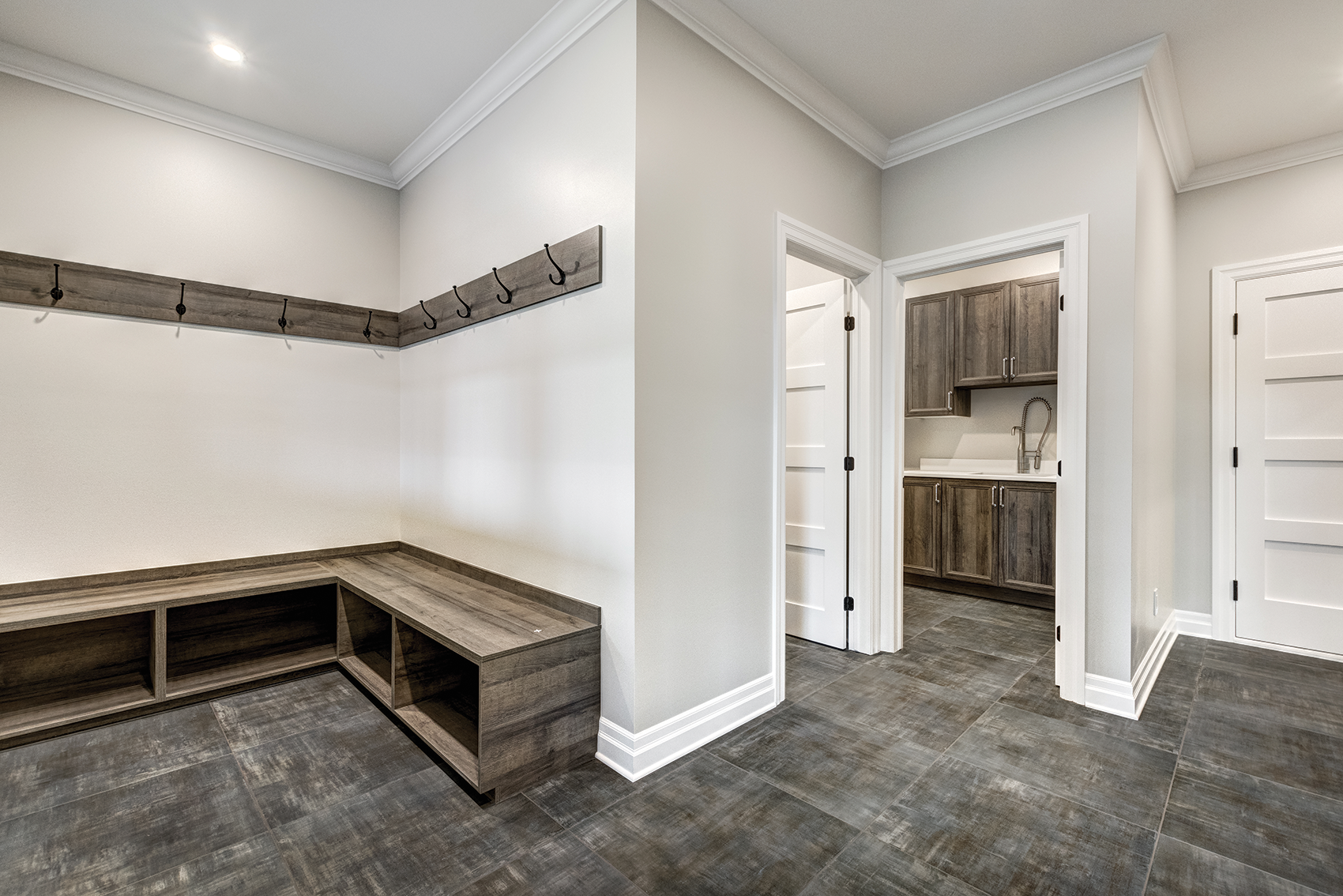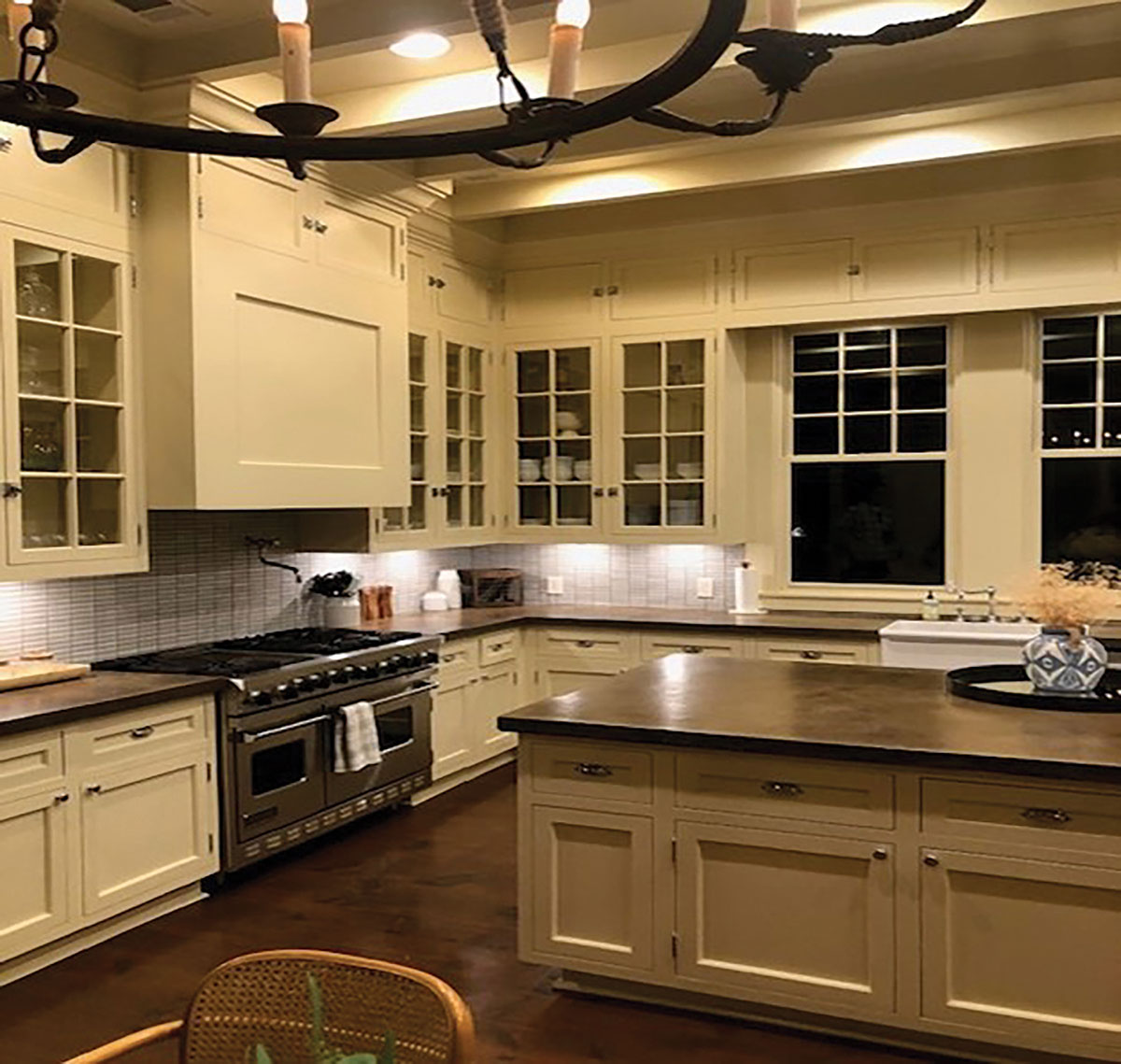Ground-fault circuit-interrupter protection or GFCI, it’s one of the few statements you can make in a room full of electricians and split the room with love and hate. It’s also one area of NFPA 70®, National Electrical Code® (NEC®), that the electrical industry can count on learning something new each revision cycle. Code making panels and task groups spend countless hours each cycle reviewing the many suggestions from the public for revising the NEC requirements around GFCI. With the recent release of the new 2020 edition of the NEC, it is important to understand what has changed, why it changed, and what does it mean for you.
With close to 100 separate public inputs related to GFCI protection of personnel and almost as many public comments spread out among all the various places in the NEC that require GFCI protection, it is easy to see that this is one place that a lot of people care deeply about in both directions. GFCI requirements can be found scattered throughout the NEC, but the majority of attention seems to get spent on a few areas of the code. For this article we will focus on a few of these places and the major revisions that took place during the 2020 revision cycle.
The first place to focus on is Section 210.8. This is where we will find the requirements for what locations of a building will warrant GFCI protection of personnel. In the 2017 NEC, language was added that aimed to specify how this measurement was taken when determining the distance from a receptacle that may or may not need GFCI protection. For example, how do I know if a receptacle is within six feet of my sink? This new language helped to spell out how this measurement was taken, but as is often the case once the code is released to the world, questions started coming in about what this statement meant. Mainly around whether or not the measurement method applied through cabinet doors and to the commonly found receptacle outlet under a dwelling unit kitchen sink or any other sink for that matter. So, for 2020, some slight modifications were suggested to clear up some of the confusion, and CMP 2 agreed. According to the committee statement from the first revision, it was never the intention of this measurement clarification that a cabinet door would exempt a receptacle from GFCI requirements. This revision removes the words door or doorway from the exclusion of the path that an appliance cord can take. This is significant because it clears up the under-cabinet issue, but also now makes it clear that even receptacle outlets in other rooms or maybe in hallways will need GFCI protection if a six-foot cord can reach the top inside edge of a sink or the outside edge of a tub or shower stall.
The next big change in GFCI requirements came with the expansion within dwellings. Similar to the measurement clarification, this expansion also has roots in a 2017 revision. For NEC-2017, a revision was made that saw GFCI protection go beyond just 15- and 20-amp, 125-volt receptacle outlets in non-dwelling unit locations. Now dwelling units constructed under the NEC-2020 will require GFCI protection on any receptacle rated 125-volt through 250-volt that is installed in a GFCI-required location and connected to a single-phase branch circuit rated at 150-volts or less to ground. Why the need for the expansion? As a fly on the wall during the committee meetings, I was able to hear first hand many of the reasons that led to this revision. Long story short, what it boils down to is that often a shock hazard exists whether you are using 120-volt equipment or 240-volt equipment.
There were numerous instances of injuries caused by shocks from 240-volt equipment and even a few fatalities that GFCI protection could have potentially prevented. Does this mean that every electric range receptacle outlet needs to be GFCI protected? No, the same rules apply to 250-volt receptacles that we have been used to for years with 125-volt receptacles. However, if the range receptacle is within six feet of the kitchen sink, then it will require GFCI protection.
The bigger impact will be felt in garages, outdoors, laundry areas, and basements. These areas require all receptacles to be GFCI protected regardless of distance. Which leads me to another big expansion in dwellings: basements. It is no longer a judgment call to determine whether or not a basement is “unfinished.” Now any and all receptacles in a dwelling unit basement are required to have GFCI protection, regardless of the state of finishing. This is a considerable change compared to the 2017 NEC. However, there are a growing number of basement areas that are being used in a multitude of ways and the line between finished and unfinished is growing increasingly blurry. Gone are the days of basements being limited to mechanical areas and laundry rooms. Basements have become more and more a staple of the “man-cave” or the game room areas. Many have exposed concrete floors or open ceilings, and inspectors have an increasingly difficult decision to make when calling balls and strikes. So, this takes the guesswork out of it and just requires GFCI for all receptacles.
Another expansion of GFCI protection in dwellings isn’t really in dwellings, but rather it is outside of dwellings. A new section, 210.8(F) has been added to require GFCI protection for all outdoor outlets supplied by single-phase branch circuits operating at 150-volts to ground or less and 50 amps or less. This is a significant change driven by some very major but unfortunate events. One public input suggesting three separate incidents where had GFCI protection been used on outdoor outlets that were not receptacles, it could have prevented these fatalities. This was not acted upon at the first draft meeting as the committee felt there wasn’t enough information behind the suggested change and so they resolved the public input with a statement asking for more justification. This is exactly why there is a second draft meeting. A public comment was submitted that outlined a tragic event in Chicago where a child was killed by coming in contact with an AC condenser unit outside that had a ground-fault to the frame. This change has implications for a broad range of outdoor outlets in residential settings. This will mean that all dwelling unit outdoor receptacle outlets rated 125- through 250-volts and single-phase, 150-volts to ground or less will be required by 210.8(A)(3) to be GFCI protected and any hardwired equipment connected to single-phase, 150-Volts to ground or less and 50 amps or less will be required by 210.8(F) to have GFCI protection. There are two exceptions to this for not readily accessible receptacles intended for snow-melting and de-icing equipment and outdoor lighting outlets.
Non-dwelling occupancies saw an expansion in GFCI protection as well, however, mostly the additions and clarifications came as there were areas in dwelling occupancies that required GFCI protection, but they were not listed in the non-dwelling section, 210.8(B). There are many non-dwelling occupancies that have laundry areas and bathtubs or shower stalls and, in these areas, the same shock hazard exists that exists in all of our homes. Therefore, CMP 2 added laundry areas and areas within six feet of the outside edge of the bathtub or shower stall. There was also language added to the non-dwelling kitchen that spells out that if an area has a sink and permanent means for preparing or cooking food, it will also require GFCI protection. Lastly, the expansion of GFCI requirements in Article 210 applies to receptacle outlets that are required to be installed within 25 feet of certain types of equipment for the purposes of servicing that equipment.
Other revisions worth noting revolve more around making sure the requirements are in the right article to help in the usability of the NEC. Kitchen dishwashers and boat hoists have both been moved from 210.8 and placed in Articles 422 and 555, respectively. There are also many other revisions related to GFCI that took place during this revision cycle, and many of them warrant their own discussion, so we will leave those for a later date. However, if you want to get the inside information on what changed and why, all of this information is free and open to the public in the first and second draft reports along with the transcript of what happened on the floor of the annual NFPA technical session in San Antonio last June at www.nfpa.org/70 under the “current and past editions” tab. You can also submit public inputs to the next edition by following the prompts under the “next edition” tab. After all, the NEC wouldn’t be the most successful fire protection code in the world without the much-needed input from those in the industry that live this life every day and know better than anyone what are the problems that need to be solved. I would also encourage getting involved with local International Association of Electrical Inspectors (IAEI) chapters and the IAEI International Office to sponsor your input to the NEC.
It is my hope that this article lends some useful insight into some of the important changes that involve GFCI protection. As stated earlier, knowing what changed, why it changed, and what it means to you, is critical in implementing the newest edition of the NEC in our daily lives. With the 2020 edition available now, it is only a matter of time before some of us will need to make the shift, and being armed with the right information will lead to an increase in safety across the industry, and we can all get on board with that.











Find Us on Socials